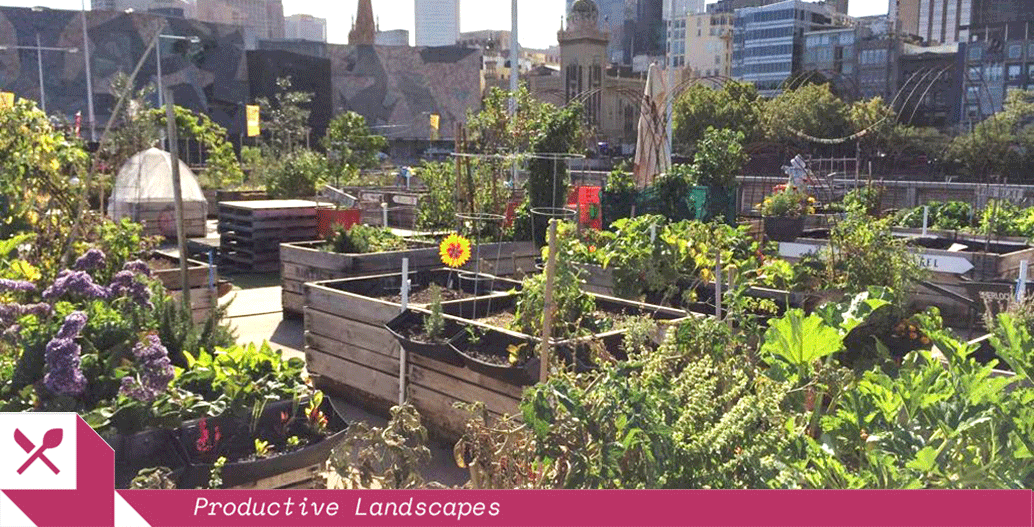
The rise of the productive landscape
A combination of concern over food security and our growing interest in healthier diets is driving a transformation of urban parks and gardens into landscapes of food production. Foreground this week begins a series of features exploring the rise and rise of the productive landscape.
Arguably the zoning of our cities was one of modernity’s most damaging urban legacies. Dividing work, rest and play into strict urban siloes consigned entire populations to long commutes and hollowed out communities. But things are changing. City planners are slowly embracing mixed use developments and greater density as the twin keys to vibrant local communities. Urban revitalisation projects around the world are rewriting the postwar planning rules, creatively mixing where we live, how we work and when we play. It’s time to add another ingredient to the urban revitalization recipe: farming.
In pocket parks and railway sidings, rooftops and balconies, pop-up nurseries and restaurant backyards, and yes, even old fashioned community allotments, the world is waking up to local, small-scale productive gardening. This is partly a food revolution fuelled by our growing desire for a healthier and more sustainable diet, but it is also a response to the growing crisis in large-scale intensive farming. Simply put, with seemingly unstoppable population growth, and with water and land at maximum capacity, some fear the whole agricultural system is in danger of widespread systemic failure.
As Scientific American noted recently, it takes a thousand years to generate three centimetres of top soil. Yet Volkert Engelsman from the International Federation of Organic Agriculture Movements notes that, “we are losing 30 soccer fields of soil every minute, mostly due to intensive farming.” If current rates of degradation continue, the United Nations Food and Agriculture Organisation estimates that all of the world’s top soil could be irreparably damaged within 60 years. For many countries, that means 60 harvests before the system comprehensively fails.
Clearly there are many ways in which countries and governments can respond to this crisis. Meanwhile individuals are taking matters into their own hands, at the local level, helping to build local, sustainable and resilient food chains within the city. With some cities pulling up acres of concrete and bitumen to make the ground more porous, is this the moment when urban farming can come into its own? At what scale are productive gardens viable? How does this impact planning codes?
Over the next three months, Foreground will be asking these questions, and featuring the work of landscape architects, urban designers, architects, city planners and local communities, as they explore new possibilities for our urban landscapes.
If you have any suggestions or editorial recommendations, we are happy to accept feature story proposals at: team@foreground.com.au


